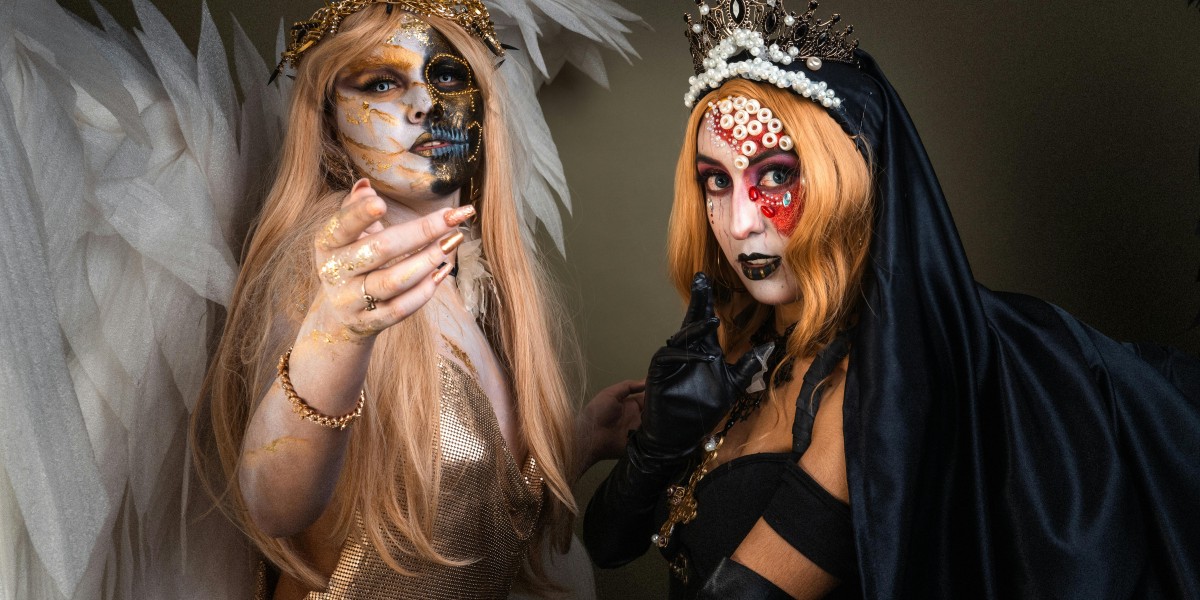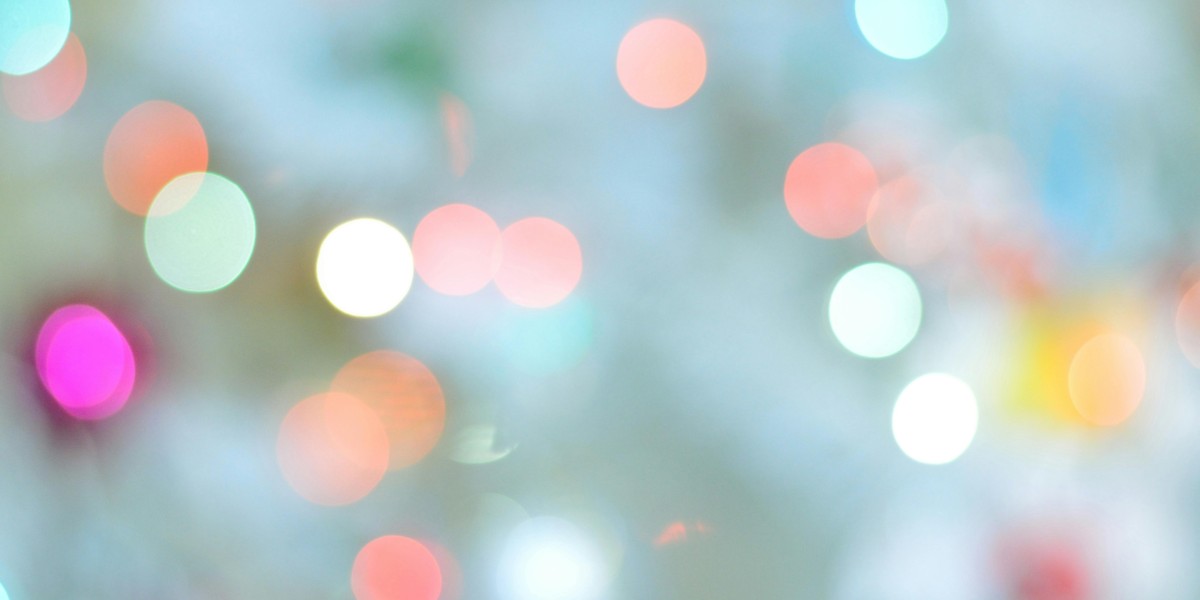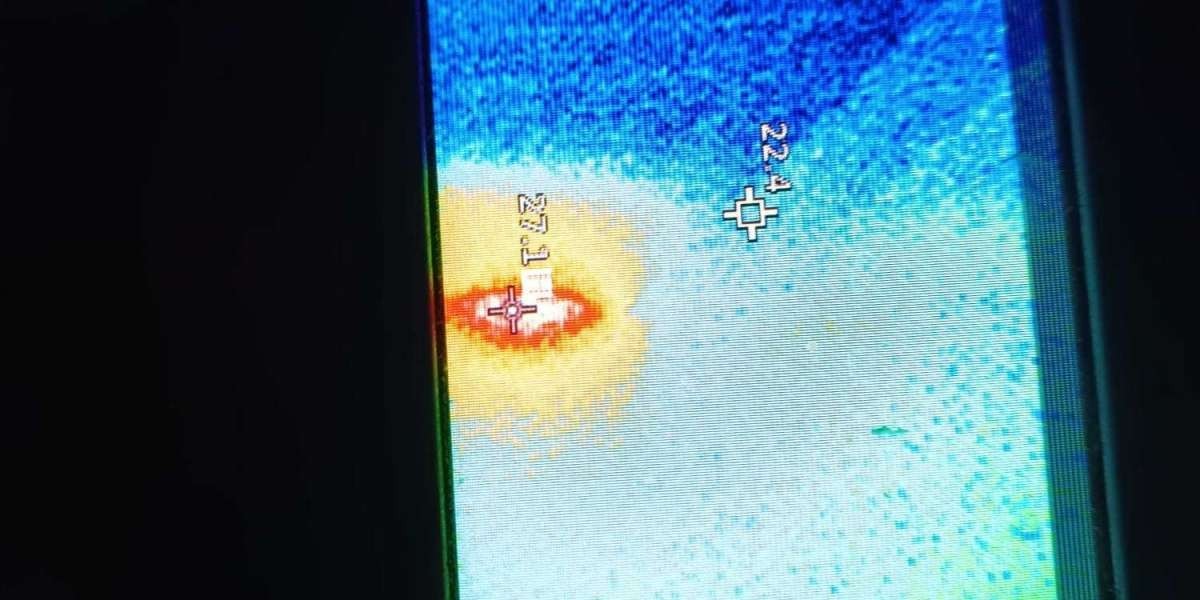Every year, between October 31st and November 2nd, Mexico bursts into a vibrant celebration of colour, music, and remembrance known as Día de los Muertos, or Day of the Dead. This festival, rooted in centuries-old Aztec traditions blended with Catholic influences, is a heartfelt tribute to loved ones who have passed away — but it’s far from sombre. Instead, it’s a beautiful mix of joy, art, and cultural pride.
One of the most recognisable aspects of this celebration is the stunning attire — especially Day of the Dead costumes. These outfits, decorated with sugar skull designs, floral motifs, and bright embroidery, capture the spirit of life and death intertwined. But beyond their aesthetic appeal, they tell a story of heritage, respect, and creativity.
In this blog, we’ll explore the origins of these costumes, how to create the perfect Día de los Muertos look, and ways to wear them respectfully while celebrating one of the world’s most unique festivals.
The Origins of Day of the Dead Costumes
Before we dive into modern costume styles, it’s important to understand where they come from.
The Day of the Dead dates back over 3,000 years, to pre-Columbian civilizations like the Aztecs, who believed death was a continuation of life rather than an end. When Spanish colonisers arrived in the 16th century, Catholic traditions merged with indigenous beliefs — creating the multi-day event we know today.
Costumes became a natural extension of the festivities. Participants began dressing up as skeletons and spirits, inspired by the famous artwork of José Guadalupe Posada, who created La Calavera Catrina — the elegantly dressed female skeleton that has since become the symbol of the celebration.
Today, Day of the Dead costumes are worn not just in Mexico, but across the world, blending tradition with modern creativity.
Symbolism Behind Day of the Dead Attire
Every element of a Day of the Dead costume has meaning.
Here’s a quick look at what these elements symbolise:
Calaveras (Skulls) – Represent the beauty and fragility of life. Often seen in face paint and mask designs.
Marigolds (Cempasúchil Flowers) – The “flower of the dead” believed to guide spirits with their vibrant orange hue and scent.
Skeletons – Symbolise equality in death; whether rich or poor, all become the same in the afterlife.
Bright Colours – Represent joy and life; Día de los Muertos is about celebration, not sorrow.
Elegant Clothing – Inspired by La Catrina, symbolising the blending of old and new Mexico.
Understanding this symbolism helps ensure that your costume honours the tradition rather than simply adopting it as a trend.
How to Create the Perfect Day of the Dead Costume
Whether you’re attending a themed party, parade, or Halloween event, the goal is to capture the authentic spirit of the celebration while expressing your own creativity. Here’s how to do it:
1. Start with the Base Outfit
Women often wear long, flowing dresses in black or vibrant colours like red, purple, or turquoise. Lace sleeves, ruffles, or floral embroidery add an elegant touch.
Men typically opt for a charro suit (similar to a mariachi outfit) or a dark ensemble with colourful embellishments.
You can find ready-made Day of the Dead costumes on The Fancy Dress that feature classic styles inspired by traditional Mexican attire.
2. Add Calavera Makeup (Sugar Skull Face Paint)
Perhaps the most recognisable part of a Day of the Dead costume is the face makeup.
Calavera makeup transforms your face into a work of art — a blend of elegance and symbolism.
Base: Apply a white foundation to create a skull-like canvas.
Eyes: Paint dark circles or colourful floral designs around the eyes.
Nose and Mouth: Use black paint to create a skeletal nose and stitched mouth.
Accents: Add gemstones, glitter, or marigold petals for extra flair.
This makeup style celebrates both life and death — not in a spooky way, but as a form of artistic remembrance.
3. Accessorise Thoughtfully
Accessories bring your costume to life.
For women, flower crowns are a must-have — traditionally made of marigolds or roses. You can also add lace gloves, statement necklaces, or skull earrings for an elegant finish.
Men can add sombreros, colourful bow ties, or embroidered sashes. Carrying a small prop, like a painted skull mask or marigold bouquet, adds cultural detail and depth.
4. Embrace Colour and Contrast
While black often dominates the palette (symbolising death), it’s contrasted with bright colours that symbolise vitality. The balance of dark and bright hues reflects the Day of the Dead’s message — death is not the end, but part of life’s cycle.
5. Pay Attention to Footwear
Comfort and coordination matter!
Women can wear heeled boots or sandals, while men often opt for formal shoes or leather boots. Add embellishments or ribbons to tie them into the overall look.
Day of the Dead Costumes for Groups
One of the most enjoyable aspects of Día de los Muertos is its sense of community. Families and friends gather to celebrate together, and group costumes are a beautiful way to express unity.
Here are a few creative group ideas:
Family of Calaveras – Each member wears a unique colour theme or pattern.
Catrina & Catrín Duo – The elegant lady and her gentleman counterpart.
Skeleton Band – Inspired by mariachi performers, complete with fake instruments and matching suits.
Floral Parade Ensemble – A mix of traditional and modern costume interpretations.
Group costumes not only look striking but also embody the collective spirit of remembrance and celebration.
Cultural Sensitivity: Celebrating Respectfully
It’s essential to remember that Día de los Muertos is a sacred cultural event, not just a costume opportunity.
If you’re wearing a Day of the Dead costume outside of Mexico, make sure to do so respectfully. Avoid stereotypes or mocking elements. Instead, take time to learn about the meaning behind what you’re wearing.
You can even share stories about the holiday’s origins or display symbolic elements like marigolds, candles, or photos to show your respect for the tradition.
Modern Trends in Day of the Dead Fashion
In recent years, fashion designers and costume creators have incorporated Día de los Muertos influences into high fashion and pop culture. From runway shows to movies like Coco and Spectre (the James Bond film featuring Mexico City’s parade), these costumes have evolved into global symbols of artistry and remembrance.
Some modern twists include:
Glow-in-the-dark sugar skull prints
Contemporary bodycon silhouettes
Gender-neutral designs
Fusion of Gothic and Mexican motifs
These updates allow people around the world to engage with the tradition while keeping it relevant to today’s creative scene.
How to Style Day of the Dead Costumes Beyond the Festival
You can also adapt elements of your Day of the Dead outfit for themed events, Halloween parties, or cultural festivals. A skull-print blazer or embroidered floral shawl can become part of your regular wardrobe, merging tradition with trend.
This flexibility is one reason why Day of the Dead-inspired fashion has gained international popularity — it’s timeless, meaningful, and strikingly artistic.
Conclusion: Celebrate with Heart, Colour, and Respect
The Day of the Dead costume is more than just fancy dress; it’s a living tribute to those who came before us. Every stroke of paint, every petal, and every thread tells a story of remembrance, love, and life’s eternal rhythm.
Whether you’re attending a themed event or simply appreciating the artistry behind these outfits, remember the essence of Día de los Muertos — to celebrate life by honouring the past.
So dress boldly, embrace colour, and wear your costume with respect and pride.








